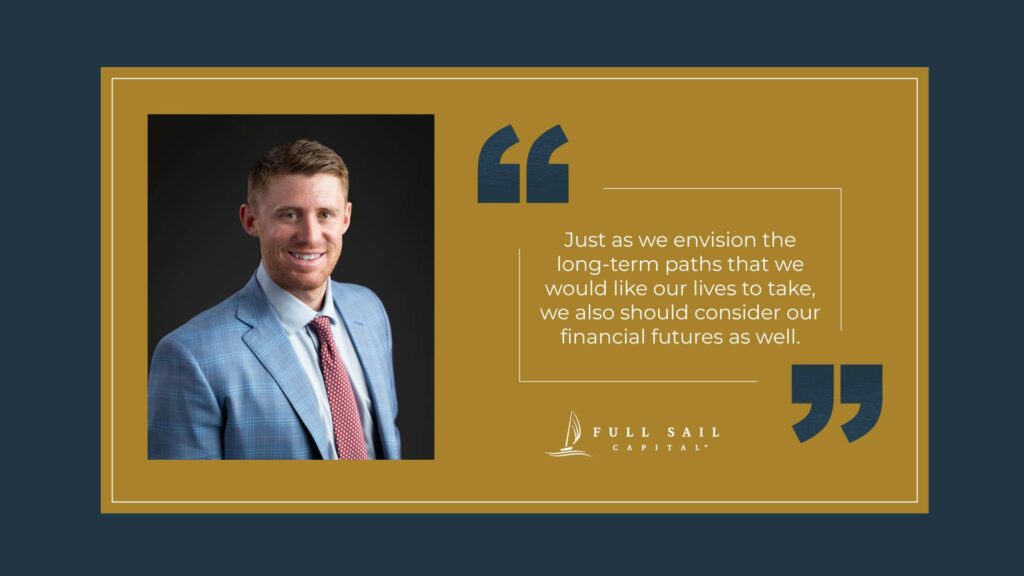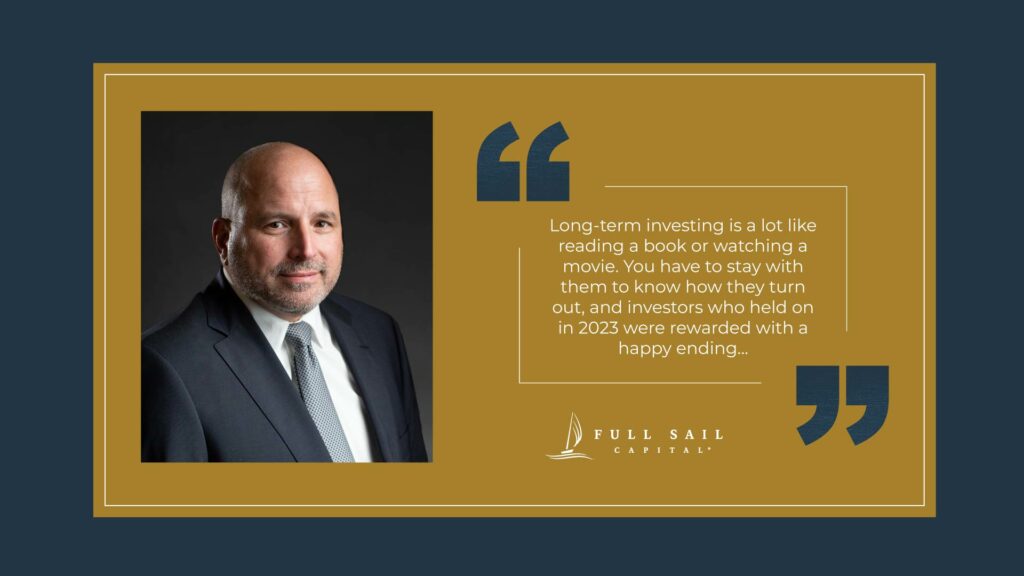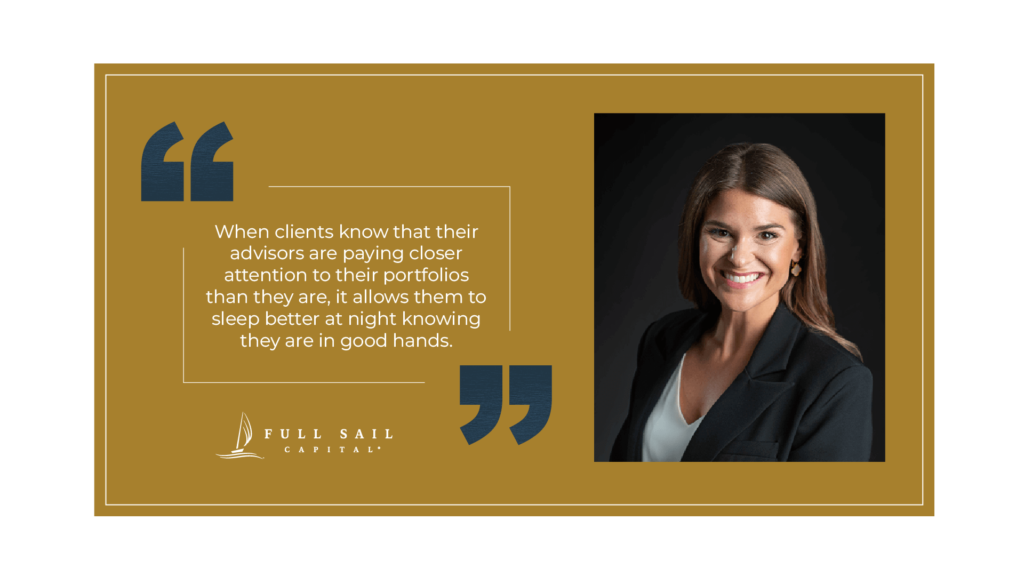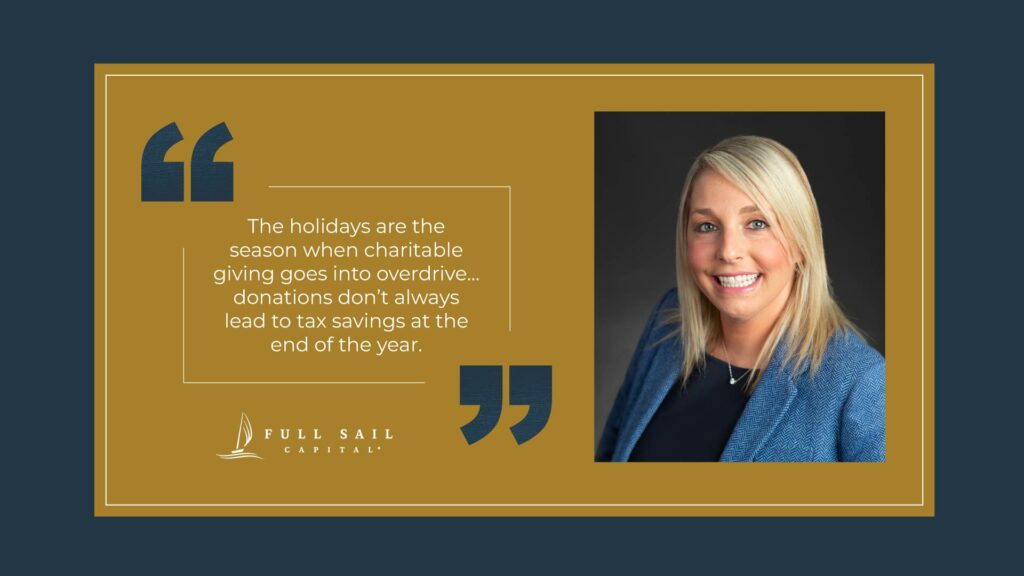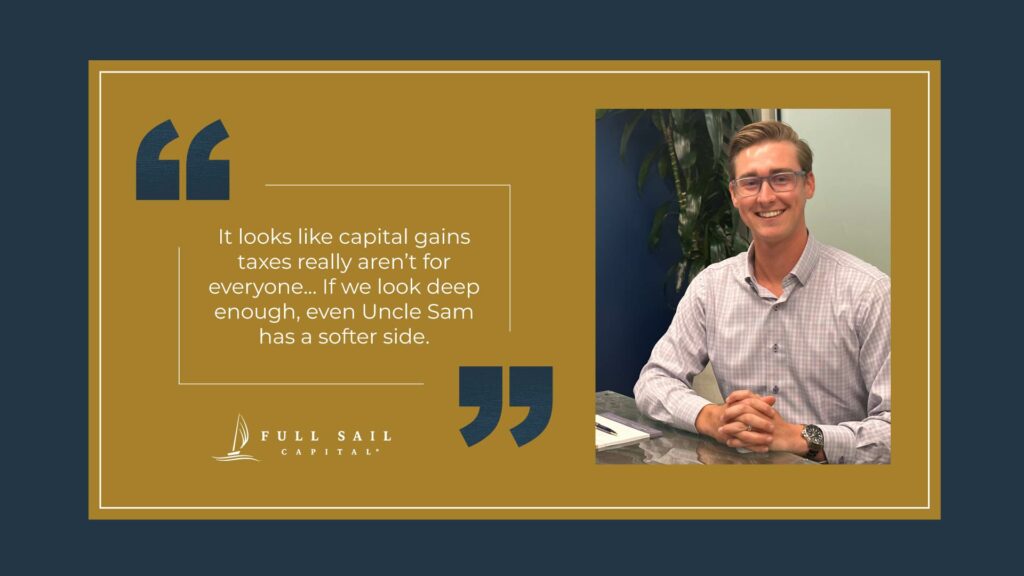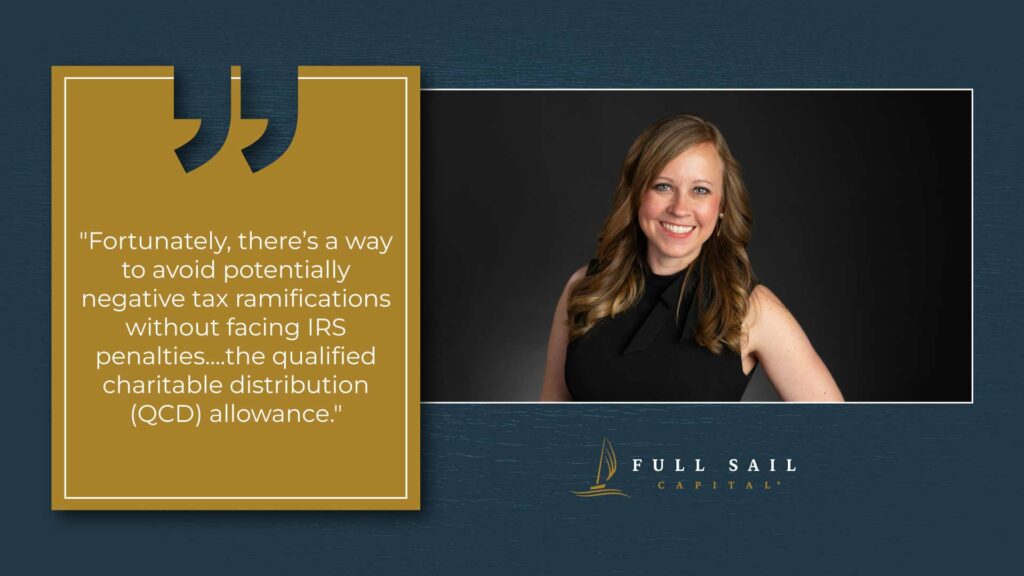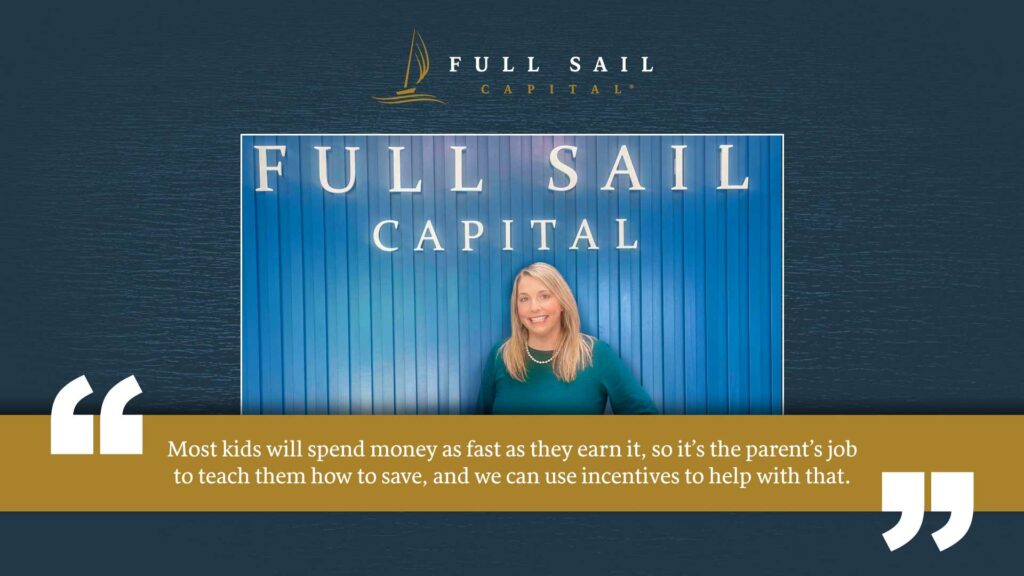We’ve all heard the fairytale stories and happily ever after fables of newfound wealth. We may even dream about winning the lottery, inheriting a million dollars, or hitting it big in Vegas.
But newfound wealth is no dream. The fact is windfalls are a reality for more people than you might think, and they have nothing to do with the lotto and they don’t require a trip to Navada.
According to wealth management firm Cerulli Associates, some $50 trillion will be passed down from Baby Boomers to their Generation X, Millennial and Generation Z heirs between now and 2045.
While that may sound like great news, there’s a catch that frequently stands in the way of “happily ever after” outcomes that so many of us dream of. Seven in 10 families tend to lose their fortunes by the second generation and nine in 10 lose it by the third generation, according to a 20-year study by The Williams Group.
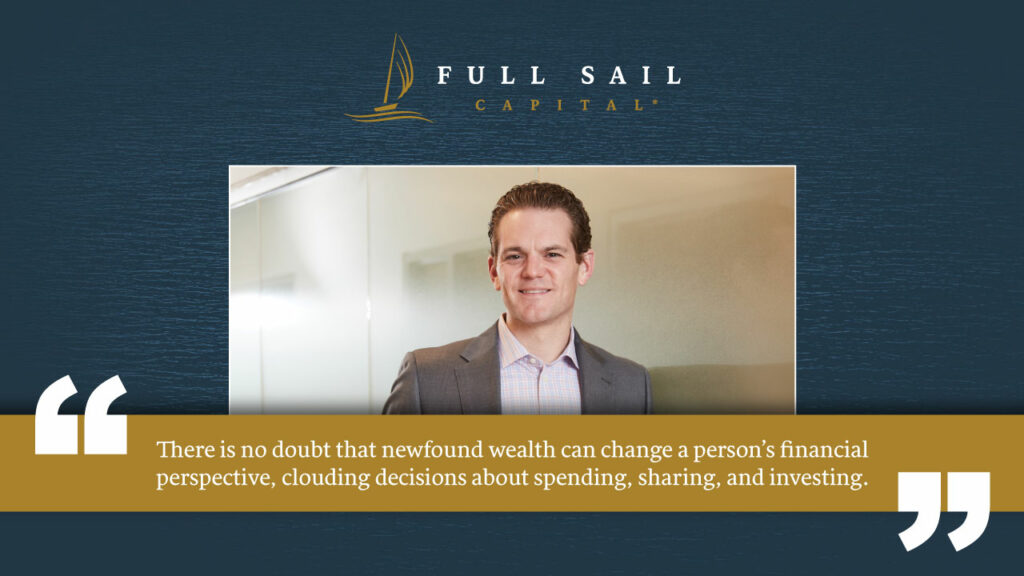
Without going into details of the 3,200 families involved in the study, the outcome illustrates how difficult it can be to manage money and how easily wealth can evaporate without a savings and investment plan. There is no doubt that newfound wealth can change a person’s financial perspective, clouding decisions about spending, sharing, and investing.
In those circumstances, financial advisors can step in to take emotions out of the equation and provide personalized advice based on specific situations.
Unexpected wealth can present surprises that financial professionals can help navigate, and windfalls can come in many forms, such as IRAs, 401ks, cash, real estate, stock and so many others. Each type of asset can come with unique tax implications. And no one wants to be surprised by a tax bill from an unexpected financial gain, especially if the taxes could have been mitigated through professional advice.
Some individuals and families already have estate plans set up and teams of financial advisers in place to help incorporate new assets into existing portfolios. For those who do not, help is never far away, and it’s not too late to reach out to financial professionals who can recognize the red flags and provide strategies to avoid them.
While windfalls can be exciting, they come with responsibility and plenty of questions. You’ll want to re-evaluate your financial plans and assess your new tax position. That’s why your first call should go to trusted financial professionals, starting with a financial advisor bound to act in their clients’ best interests, as well as a CPA and an attorney.
Newfound wealth is no dream. Whether it is expected, or it comes out of the blue, life-changing windfalls happen. The question is, what happens next.


